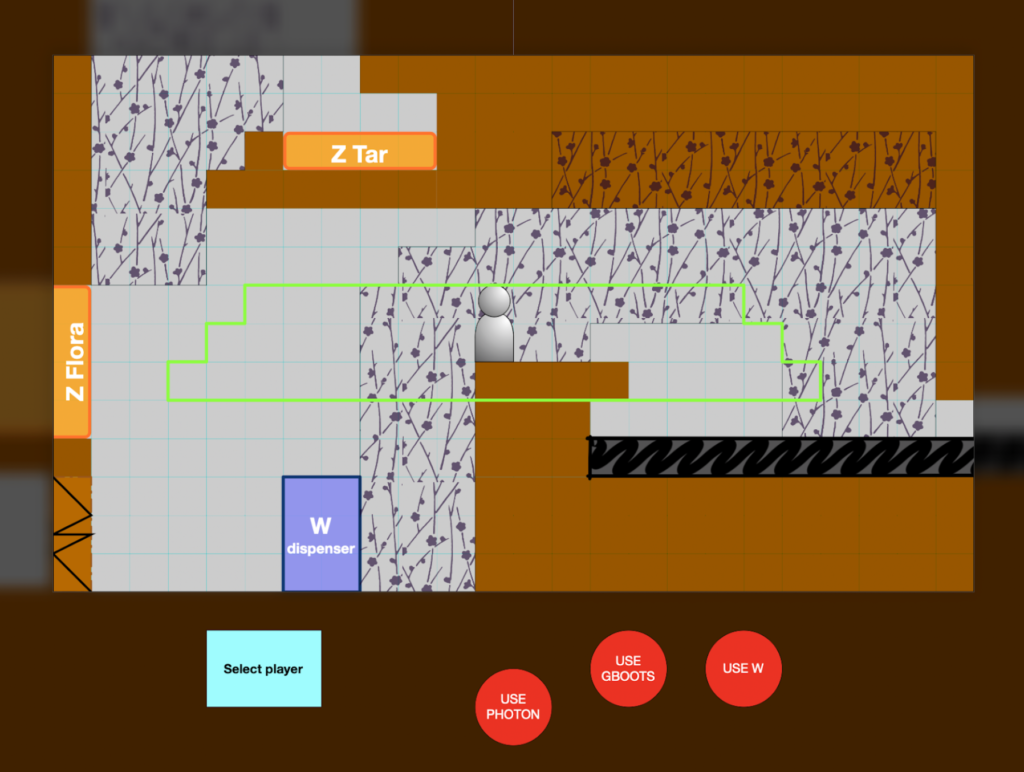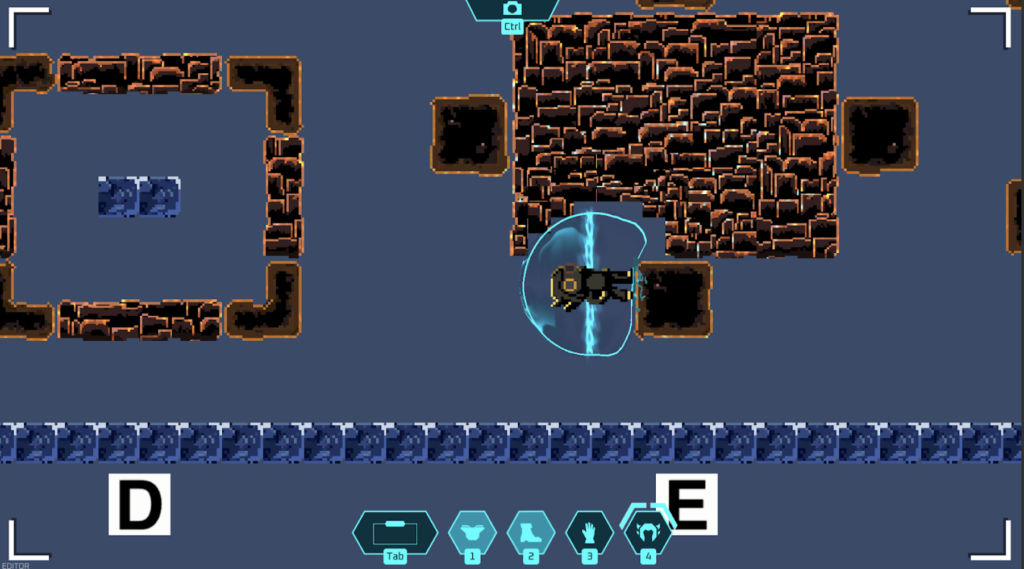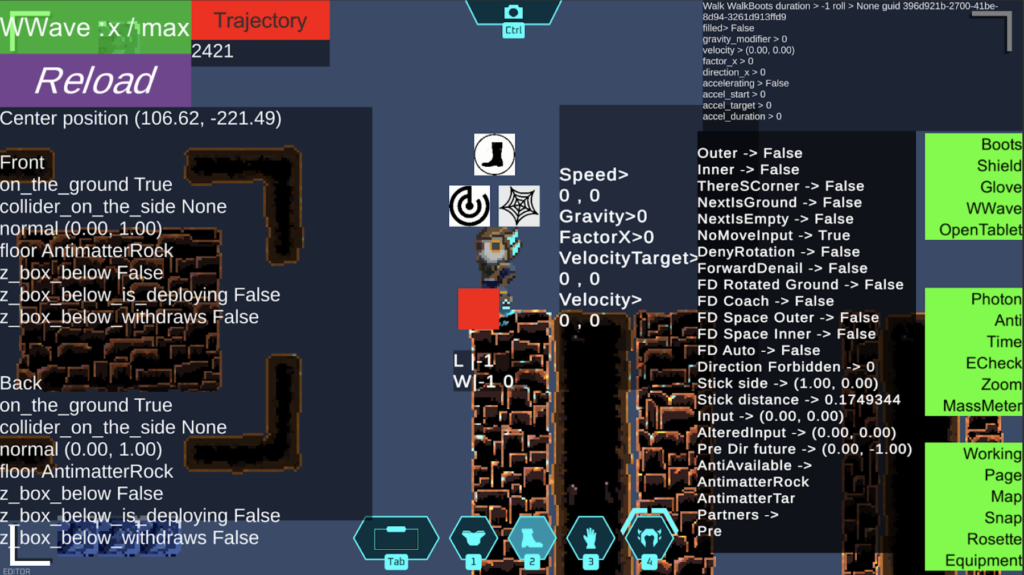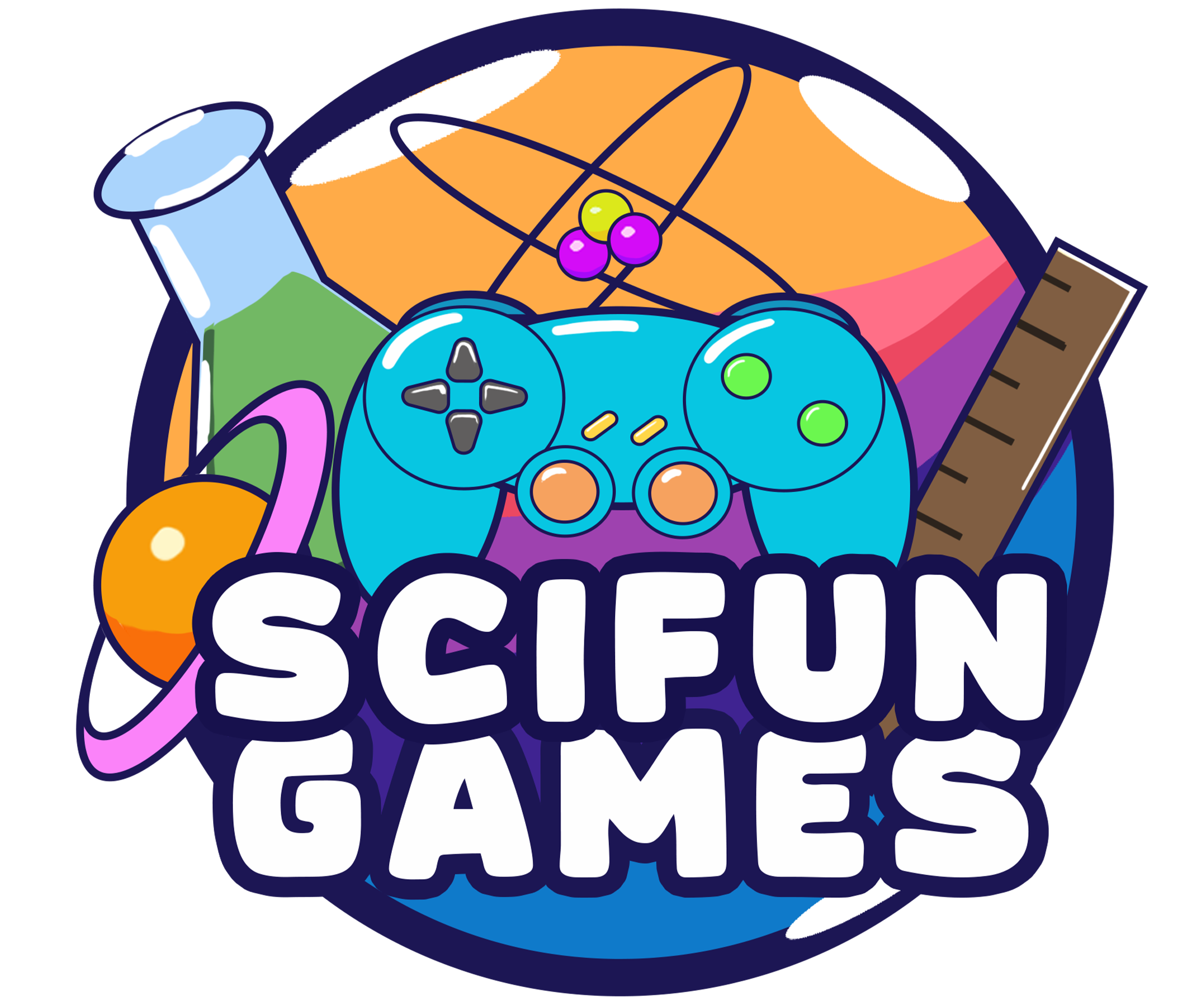#3 The logic behind power-ups

In Exographer, the character acquires powers that are directly inspired by the interactions between elementary particles. This key element of the game is also a major design challenge, which can be summed up as follows:
How do you create a fun experience while staying true to the science?
The first step was to gather as much information and content as possible, in this case relating to particle physics. Then the team came up with ideas, tons of ideas, trying to imagine different powers and their interactions. For example: what if we made the character stick to quark ceilings using gluonic boots? Then came the inevitable step at this stage of the design process: prototyping… on paper!

Through prototypes like these, game designer Pierre-Alban Ferrer has been able to test numerous concepts with the whole team. Is it fun? Does it correspond to the type of challenge we’re looking for? Is it true to science? The answers to these questions allow us to adjust the prototypes, or to change them radically if necessary, until the right formula is found. In short: the game designer iterates, which is fundamental to the design phase!
After paper came digital prototyping. Provisional levels were created, known as ‘gyms’. Their graphics are basic, but they can be used to test a wide range of configurations. There, the principles of how the powers interact with each other and with the world are put to the test. It also allowed us to uncover cases of interaction that we hadn’t imagined.

This is followed by a fine-tuning phase, during which the interactions are adjusted to ensure a smooth and pleasant experience. For example, for the gluonic boots that allow you to walk on certain walls and ceilings, it’s important to anticipate direction changes. A golden rule: players don’t need extremely precise timing! The aim is to reinforce the impression of control and limit the feeling of injustice.
During this phase, we cluttered our screens with numerous debug variables, to visualize the parameters and adjust them as best we could. In the example below, the red square represents the zone in which a change of angle is anticipated. If users press the ‘down’ direction here, the character changes direction and starts to move down the wall.

Finally, armed with all this experimentation and fine-tuning, we can build the levels, adjust the visual details of the powers, as well as the signs and feedback we provide to the players. And here is the result, in this example where three powers are combined:

